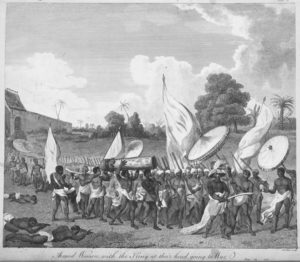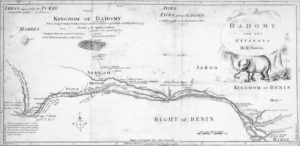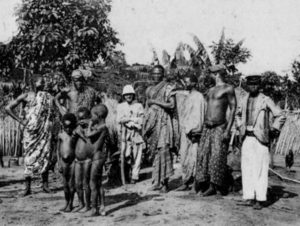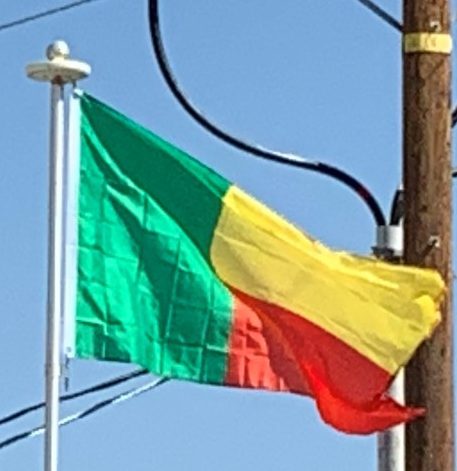
The Dahomey Kingdom was known for its culture and traditions. Young boys were often apprenticed to older soldiers, and taught the kingdom’s military customs until they were old enough to join the army. Dahomey was also famous for instituting an elite female soldier corps, called Ahosi, i.e. the king’s wives, or Mino, “our mothers” in the Fon language Fongbe, and known by many Europeans as the Dahomean Amazons. This emphasis on military preparation and achievement earned Dahomey the nickname of “black Sparta” from European observers and 19th-century explorers such as Sir Richard Burton.
Portuguese Empire:
The kings of Dahomey sold their war captives into transatlantic slavery. They also had a practice of killing war captives in a ceremony known as the Annual Customs. By about 1750, the King of Dahomey was earning an estimated £250,000 per year by selling African captives to European slave-traders.

Though the leaders of Dahomey appear to have initially resisted the slave trade, it flourished in the region of Dahomey for almost three hundred years, beginning in 1472 with a trade agreement with Portuguese merchants. The area was named the “Slave Coast” because of this flourishing trade. Court protocols, which demanded that a portion of war captives from the kingdom’s many battles be decapitated, decreased the number of enslaved people exported from the area. The number went from 102,000 people per decade in the 1780s to 24,000 per decade by the 1860s.
The decline was partly due to the Slave Trade Act 1807 banning the trans-Atlantic slave trade by Britain and the United States following in 1808, followed by other countries. This decline continued until 1885, when the last slave ship departed from the coast of the modern Benin Republic bound for Brazil in South America, which had yet to abolish slavery. The capital’s name Porto-Novo is of Portuguese origin, meaning “New Port”. It was originally developed as a port for the slave trade.
Colonial Period (1900 until 1958):
By the middle of the nineteenth century, Dahomey had begun to weaken and lose its status as the regional power. This enabled the French to take over the area in 1892. In 1899, the French included the land called French Dahomey within the larger French West Africa colonial region.
In 1958, France granted autonomy to the Republic of Dahomey, and full independence on 1 August 1960, which is celebrated each year as Independence Day, a national holiday. The president who led the country to independence was Hubert Maga.

Post-Colonial Period:
For the next twelve years after 1960, ethnic strife contributed to a period of turbulence. There were several coups and regime changes, with the figures of Hubert Maga, Sourou Apithy, Justin Ahomadégbé, and Émile Derlin Zinsou dominating; the first three each represented a different area and ethnicity of the country. These three agreed to form a Presidential Council after violence marred the 1970 elections.
